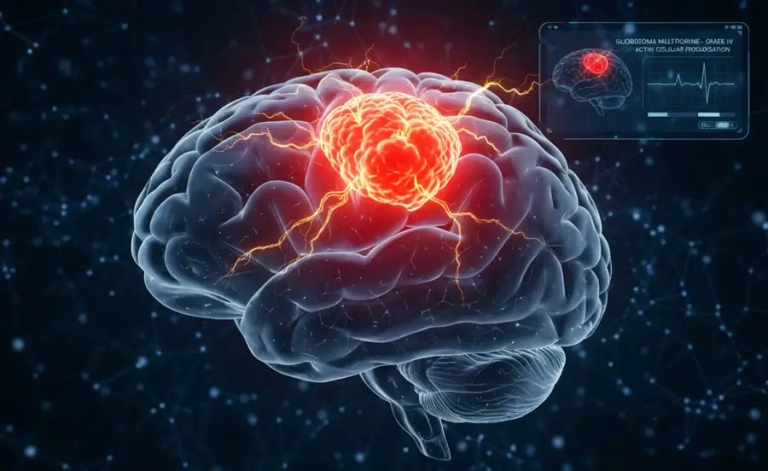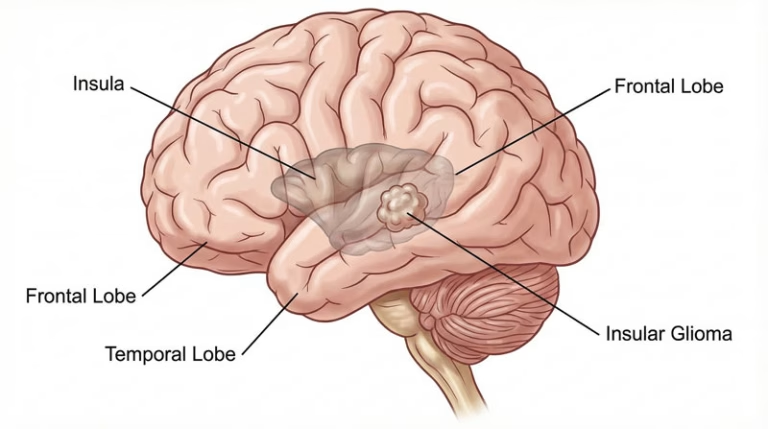Facial Nerve Pain
- On
- InUncategorized
Facial Nerve Pain: Causes, Symptoms, and Treatment Options
Facial nerve pain is a distressing condition that can significantly impact daily life, making even simple activities like eating, talking, or brushing teeth a challenge. This type of pain may originate from various underlying conditions, but one of the most severe and well-known causes is trigeminal neuralgia.
What is Facial Nerve Pain?
Facial nerve pain refers to discomfort, tingling, or sharp, stabbing sensations in the face. It typically affects one side of the face and can range from mild discomfort to excruciating pain. The pain can be episodic or continuous, depending on the underlying cause.
Common Causes of Facial Nerve Pain
Several conditions can lead to facial nerve pain, including:
- Trigeminal Neuralgia (TN) – A chronic nerve disorder causing sudden, intense facial pain. (Learn more about trigeminal neuralgia and its treatments here).
- Postherpetic Neuralgia – A complication of shingles that affects the nerves in the face.
- Temporomandibular Joint (TMJ) Disorders – Jaw joint dysfunction that may lead to facial pain and headaches.
- Bell’s Palsy – A condition that causes sudden facial muscle weakness and pain.
- Sinus Infections and Migraines – Infections or severe headaches that may trigger facial pain episodes.
Symptoms of Facial Nerve Pain
Facial nerve pain can manifest in different ways depending on its root cause. Common symptoms include:
- Sudden, sharp, electric shock-like pain in the face
- Pain localized to the cheek, jaw, forehead, or around the eyes
- Triggered by mild activities such as touching the face, chewing, or speaking
- Numbness or tingling sensations in the affected area
- Pain episodes lasting from a few seconds to several minutes
If you experience frequent and severe facial pain, it is crucial to consult a specialist to determine the underlying cause and receive appropriate treatment.
Treatment Options for Facial Nerve Pain
The treatment for facial nerve pain varies based on its cause. Some common approaches include:
1. Medications
- Anticonvulsants (e.g., carbamazepine) to reduce nerve overactivity
- Muscle relaxants for TMJ-related pain
- Antiviral drugs for postherpetic neuralgia
2. Non-Surgical Treatments
- Physical therapy to relieve muscle tension and improve jaw function
- Nerve blocks to temporarily reduce pain signals
- Lifestyle modifications, such as stress reduction and dietary adjustments
3. Surgical Options
For conditions like trigeminal neuralgia, surgical intervention may be necessary when medications fail. Microvascular decompression (MVD) is a highly effective procedure for relieving nerve compression and restoring quality of life. (Find out more about trigeminal neuralgia surgery here).
When to Seek Medical Attention?
If you are experiencing persistent or worsening facial nerve pain, it is essential to consult a neurosurgeon or pain specialist. Early diagnosis and treatment can prevent complications and improve your overall well-being.
Final Thoughts
Facial nerve pain can be debilitating, but with the right diagnosis and treatment, relief is possible. If you suspect your pain may be related to trigeminal neuralgia, do not hesitate to explore effective treatment options. Learn more about trigeminal neuralgia, its symptoms, and advanced surgical treatments here.



